Independently-run Museum of Contemporary Art to introduce general admission fee
Despite receiving public funding, one of Sydney’s most iconic free attractions has announced a big change that hasn’t gone down well with everyone.
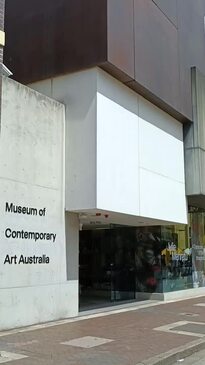
Sydney’s independently run Museum of Contemporary Art (MCA) is introducing a general admission fee despite receiving millions in annual government funding.
The museum announced on Wednesday that from January 31 it would charge a $20 general admission fee for entry. The MCA said in a statement that it was “looking to maintain free entry for under 18s and for Australian students”.
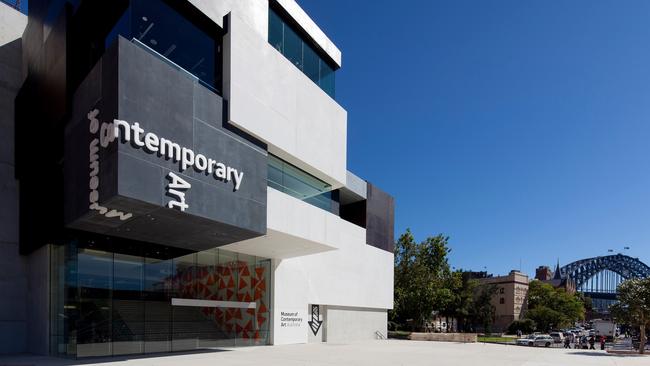
The MCA is a not-for-profit, charitable organisation that receives ongoing funding and support from the NSW and federal governments.
In a statement, an MCA spokesperson said “current government operational funding is at the same level as it was in 2008 despite 17 years of inflation and immense cost escalation, a doubling of visitor numbers over the period and a new wing added to the museum in 2012”.
“As an independent not-for-profit organisation, we raise revenue from a range of sources with government recurring funding representing 14 per cent of operational expenditure. The MCA is growing its independent revenue sources, but this growth cannot keep up with cost escalation.”
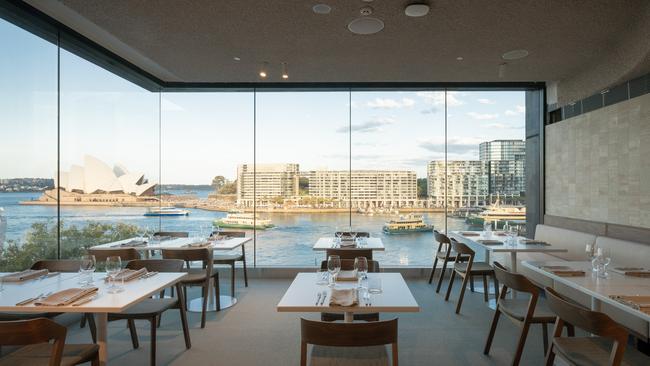
“Our current financial position is not sustainable and we cannot afford to keep admission to the museum free,” a spokesperson said.
The museum has already introduced cost-saving measures, including staff cuts and closure on Tuesdays.
Prior to the pandemic, the museum was welcoming more than a million visitors annually. Its latest annual report estimates the annual on-site visitation at about 860,000.
On top of the proposed $20 entry fee, the museum will continue to run paid exhibitions. All-access passes will be $35 with concession rates available.
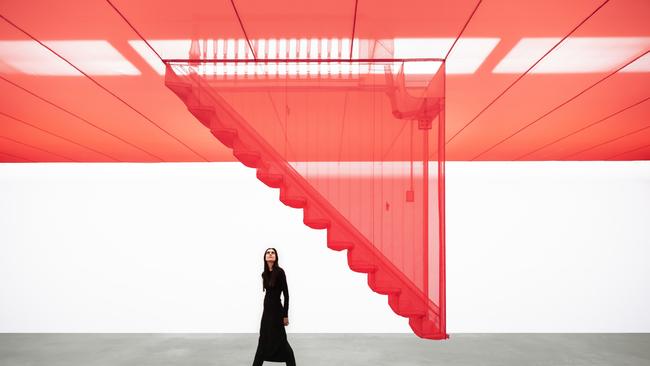
The museum has been a launch pad for acclaimed Australian artists such as Richard Bell, Lindy Lee and Shaun Gladwell. The MCA has also hosted the inaugural major Australian solo exhibitions of international artists including Yoko Ono, Robert Mapplethorpe and Marina Abramović.
Visitors to the museum were “very disappointed” with the decision to charge for entry.
“I think it’ll make it exclusive just for people who can afford it and we want Sydney to be open to everyone for the arts,” one said.
A Sydney local also expressed her anger at the lack of consistent government funding for cultural institutions, complaining that “there needs to be a much stronger focus on funding the arts”.
“I’m really upset about that and I’m aware of the lack of funding to all of our galleries and museums,” she said.
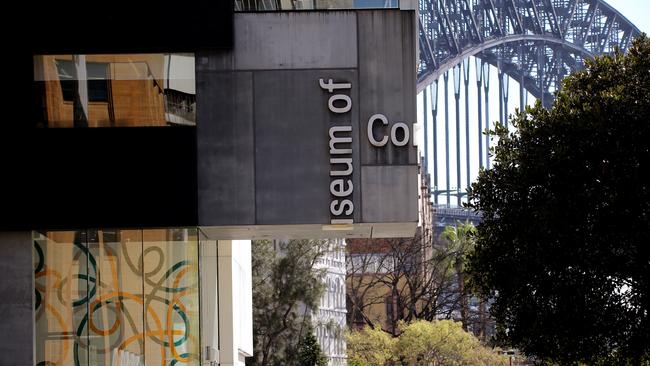
About 80 per cent of the MCA’s annual revenue is raised through donations and commercial activities, including ticketing and gift shop sales.
A NSW government spokesperson said in 2024 it provided the museum “direct financial and in-kind support” to the tune of more than $7m.
In 2008, the MCA received $3.5m in core funding from the NSW government. By 2024, this amount increased to nearly $4.2m (a decrease in real terms due to inflation).
An additional nearly $2.4m is received from Placemaking NSW annually for support and the maintenance of the museum’s heritage building. Placemaking NSW also grants free use of the building’s lawns and forecourts for fundraising, events and art displays.

A City of Sydney spokesperson said that while the MCA is primarily NSW and Commonwealth government funded, the council has “provided the MCA with project-based funding over the years for specific events and activities, including $1m in 2008 towards its capital works expansion project”.
For the development and expansion of the museum’s harbourfront site, the NSW government in 2008 also provided a one-off grant of $10m.
Since 2020, the museum has received more than $3.1m in federal funding through one-off grants.
The museum receives annual funding for exhibitions from Destination NSW as part of the Sydney International Art Series, a program designed to bring local and international art to Sydneysiders and tourists alike.
MCA chair Lorraine Tarabay said “in the absence of an uplift in government funding, as of January 2025, the Museum of Contemporary Art Australia will no longer be in a position to offer free admission to the public”.
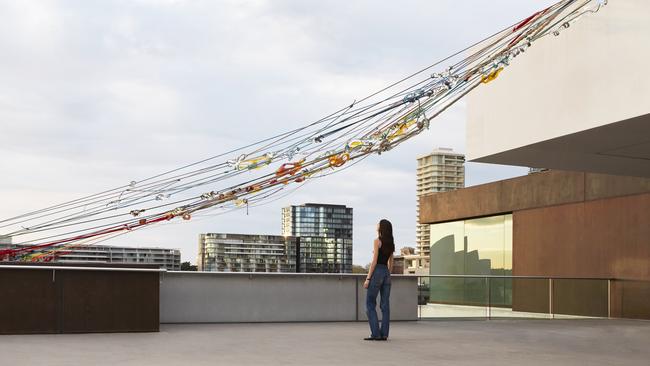
The MCA is located in Sydney’s Circular Quay with views of the Harbour Bridge and Opera House and within walking distance to train, light rail and ferry links. The Overseas Passenger Terminal on the museum’s doorstep allows international cruise ship passengers to enter Australia and head straight inside.
The NSW government owns the historic building that formerly housed the Maritime Services Board. In 2012, the museum built a new wing with a distinctive geometric design.
A Department of Planning, Housing and Infrastructure spokesperson confirmed that the museum had a peppercorn lease agreement, meaning it pays vanishingly little rent for the premises. The museum also receives rent from its in-house hospitality offerings with views of the harbour.
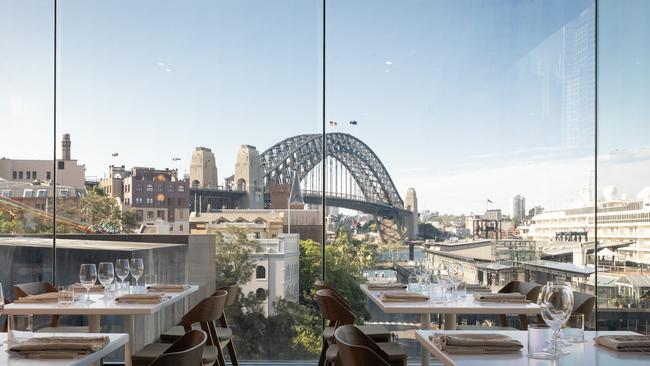
While the museum is independently run, it is a designated state significant organisation and therefore receives higher amounts of government funding. Its state government funding agreement was renewed in May 2023, securing an annual 2 per cent increase through to 2027.
“We are grateful to the government for their continued support; however, significant cost escalation combined with stagnant funding has necessitated this move,” Ms Tarabay said.
More Coverage
“Other museums are owned by government and have funding levels which support free access – this is not the case for MCA Australia, which is funded at a fraction of the government-owned museums.”
An independent review into the MCA’s ongoing financial sustainability has been undertaken this year by federal and state arts funding agencies, Create NSW and Creative Australia.
A NSW government spokesperson said “as with any significant investment from government, the review recommended the MCA prepare a fully evidenced business case that includes transparent financial assumptions and costed initiatives to support its request for additional support”.



